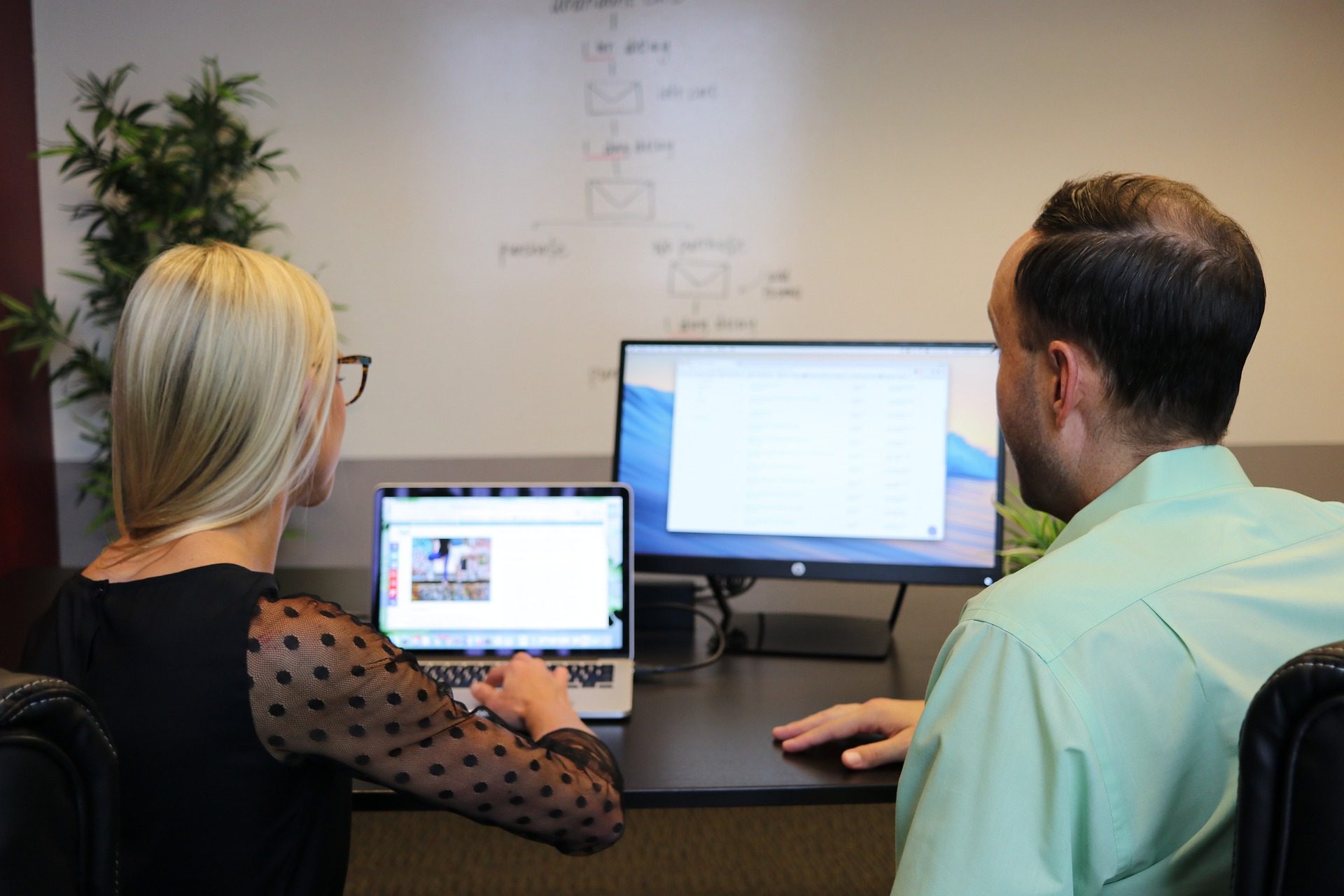The 6 W’s of Content (And Website isn’t One of Them)

One thing we all remember from grade school writing classes are the 5 (make that 6) W’s – Who, What, Where, When, Why and the runner-up, How. When it comes to writing your website content, the same questions apply. So let’s channel our elementary self and ask:
- Who is my user?
- What do they need?
- Where are they and where are their solutions?
- When are they successful?
- Why would they choose me?
- And How does my site help?
Content and strategy are very important for your website to be helpful to you. These 6 questions are a framework to keep you focused on your user’s success. Let’s dig a bit deeper on these questions to strategize a journey for your website.
Who?
We always need to focus on the user, but who is that exactly? This question seems easy to answer, but try to really get specific.
Who exactly would come to your site? Do people who have never worked with you before visit your site? Does your site serve a function for your internal team like a sales catalog? If you have an existing site, look at your analytics. Is there anyone you are unaware of who is using your site? Who do you want to use your site? This is actually a different question than who is using your site.
Now let’s put everyone in a bucket and move into the next question.
What?
What is driving your users? Everyone has needs, so what is the need of your visitors? A great practice here is to look at the buckets of people we made above and put yourself in that bucket.
Let’s say you have a bucket of people who don’t know who you are. What they need is information, right? Give them information about yourself. You might have a bucket of returning customers who want to see what is new with you. You can give them an update in a blog or a new featured product.
Boil your users down to what they need, then strategize on how to meet that need. If you want to over complicate things, here are two main need groups users have: Digital and Physical. We are going to get pretty deep on this, so stick it out and it’ll all make sense in the end…. we hope.
Digital Needs
Almost EVERY user has digital needs. Digital needs are met online through education, scheduling, exchange of goods, etc. Most, if not all, visitors need education on who you are and what you do. Some visitors might need to schedule a time to chat online or meet physically. Others might be shopping for a product and they need to exchange goods (monies) for that product. What are your digital needs of your users? Remember EVERYONE needs information/education. That is the biggest need of every user. Make that problem easy to solve.
Physical Needs
Not every user has physical needs. Physical needs are met in person and offline. If you have physical needs that you solve for your users, ask yourself if you can make their lives easier by creating digital solutions to their physical needs. For instance, maybe your user needs a service done on a physical property. You can solve part of their problem by offering an easy digital way of scheduling and communicating a solution to that physical problem. Websites are great ways to take what your users need and start working with them to solve their needs.
Easy, right? 😅 To summarize all that mumbo jumbo, know what you solve and make it easy to do. Here are the next couple of questions to keep us moving.
Where?
Where are your users and where will you solve their needs? Let’s start with where your users are. Are your users local, global, or both? Big Misconception: Local audience does not mean physical needs. Take some time and think about where your website visitors are located. Then let’s talk about where their needs are met.
Where are your visitors’ needs met? Here we are mainly talking about digital needs (because physical needs are met offline). The main idea is to make it convenient for the user to solve their problem. Educate your users from the beginning, show them how to schedule communication quickly, and make exchanging goods quick and painless. Make your website simple and easy to navigate to the solutions they need. Don’t hide your solutions.
When?
At what point is your user supposed to leave? When is your website successful to them? When are they done? Find the endpoint of your user journey and make it easy to get there and rewarding when it happens. Congratulate your user for solving their problem on your website through a confirmation message that’s fun or something personal. Go out on a high note to remind them of the successful experience they had.
Another idea here is make sure they know when they are done. Confirm their problem is solved. Automate an email saying the meeting is booked. Send a welcome notification when they successfully sign up for more information. Confirm that their order is actually on it’s way. Make it clear that they won and solved their problem. It’s like a high-hive that is left hanging otherwise. Major party foul.
Why?
Let’s zoom out a bit for this one and look in the mirror. Why you? Seems harsh, but this is a big reason why users might leave websites or don’t give business to people. Why would they choose you to solve their problems?
The answer to this is your value and what makes you different from your competition. Are you the most experienced in the land? Are you more friendly? Do you care more than most? Do you have an office dog that greets people with a shake?? Go through your Google reviews or your company mission. Do some soul-searching to figure it out. What makes you you?
Find why people want to work with you and educate your users on your value.
How?
One of these is not like the others. How do you give your users the success they need? Start with going back to the top of this article and re-read it! Like we just went through this whole thing and you are still asking questions?? Bro, how are we still talking about this?
Seriously, if you need help with understanding the goals of your content and your website, we would love to chat with you. Sometimes it’s easier to work through this with an outside person, so please schedule a meeting with us and we can point you in a good direction.

